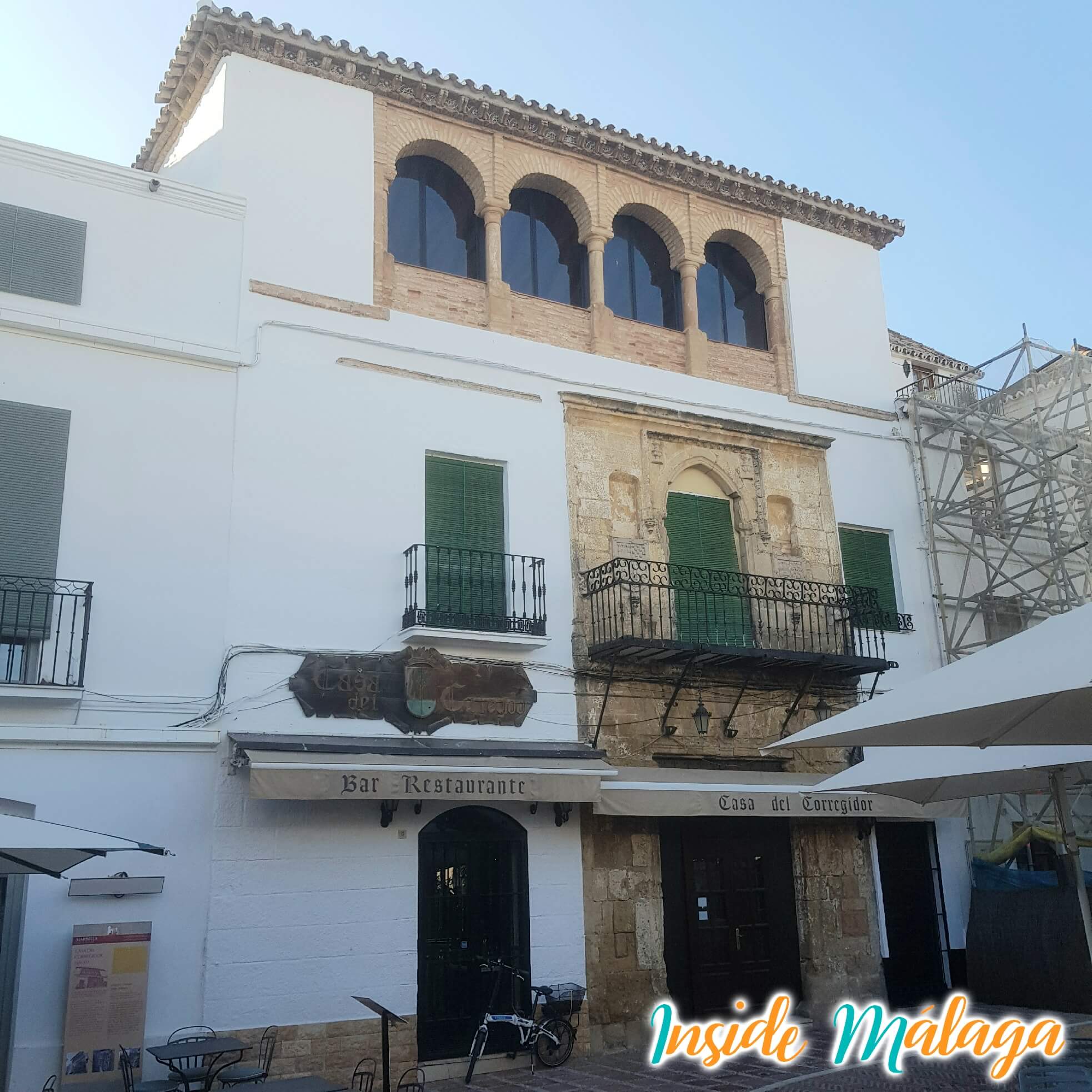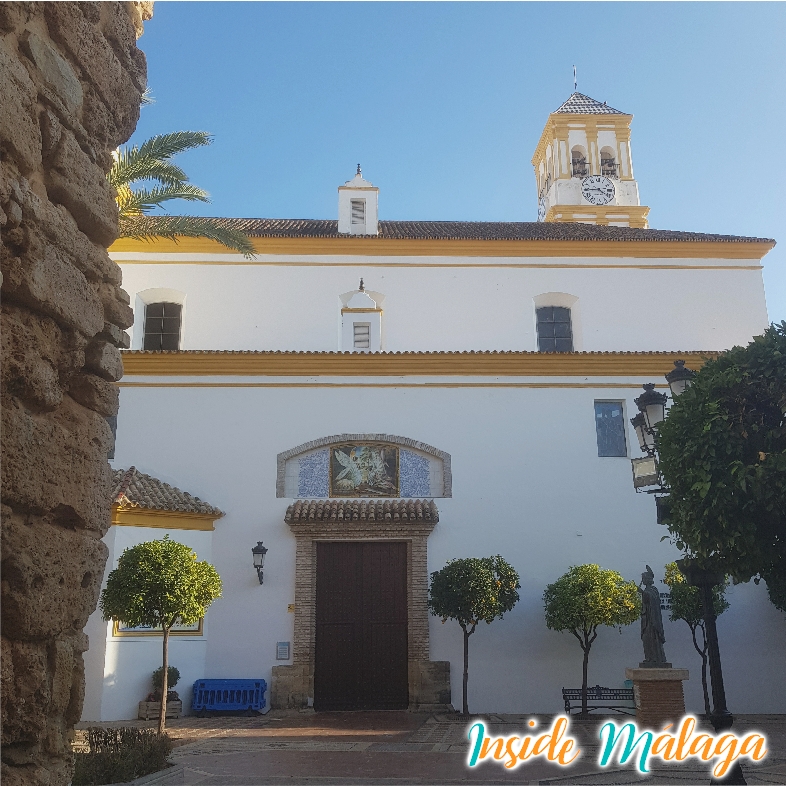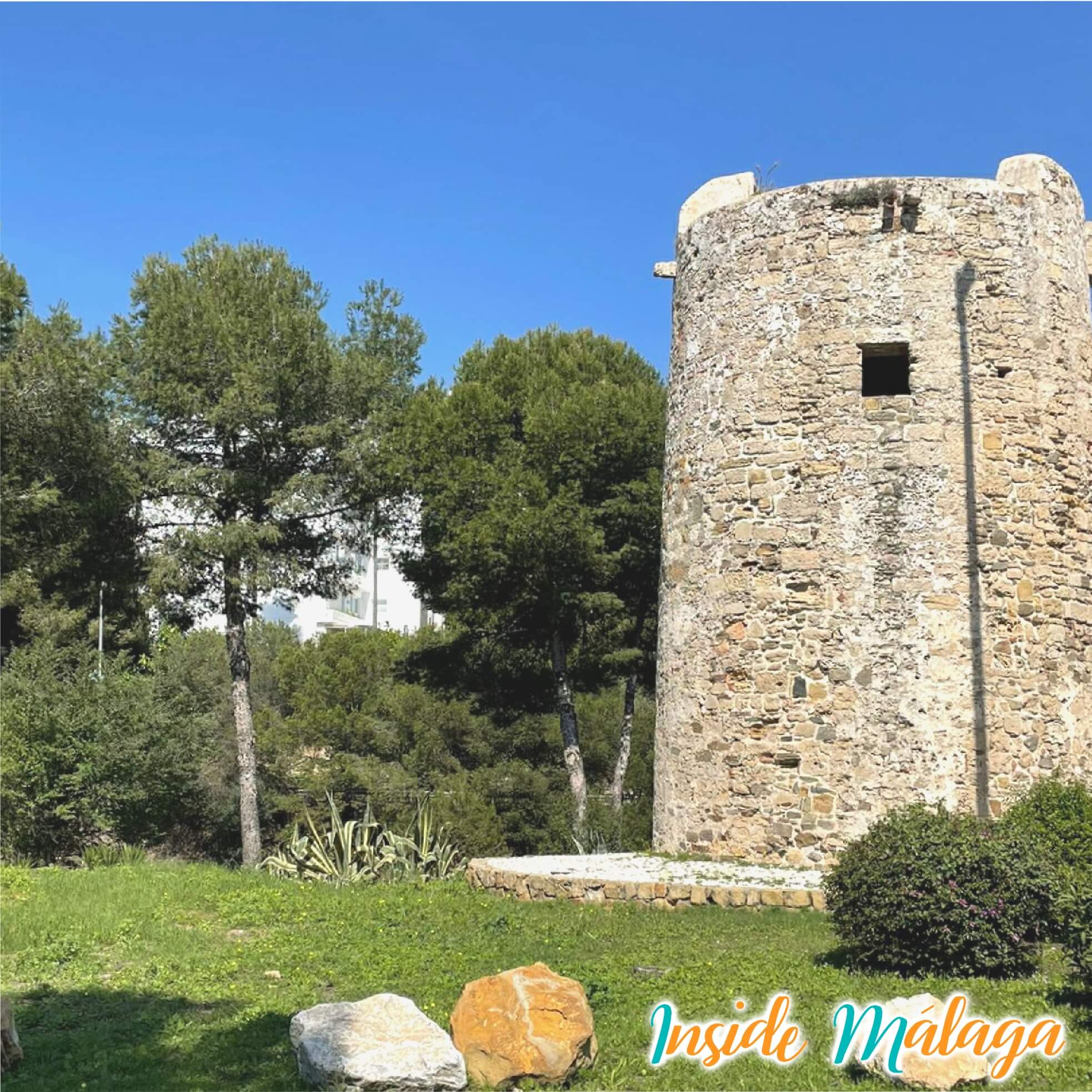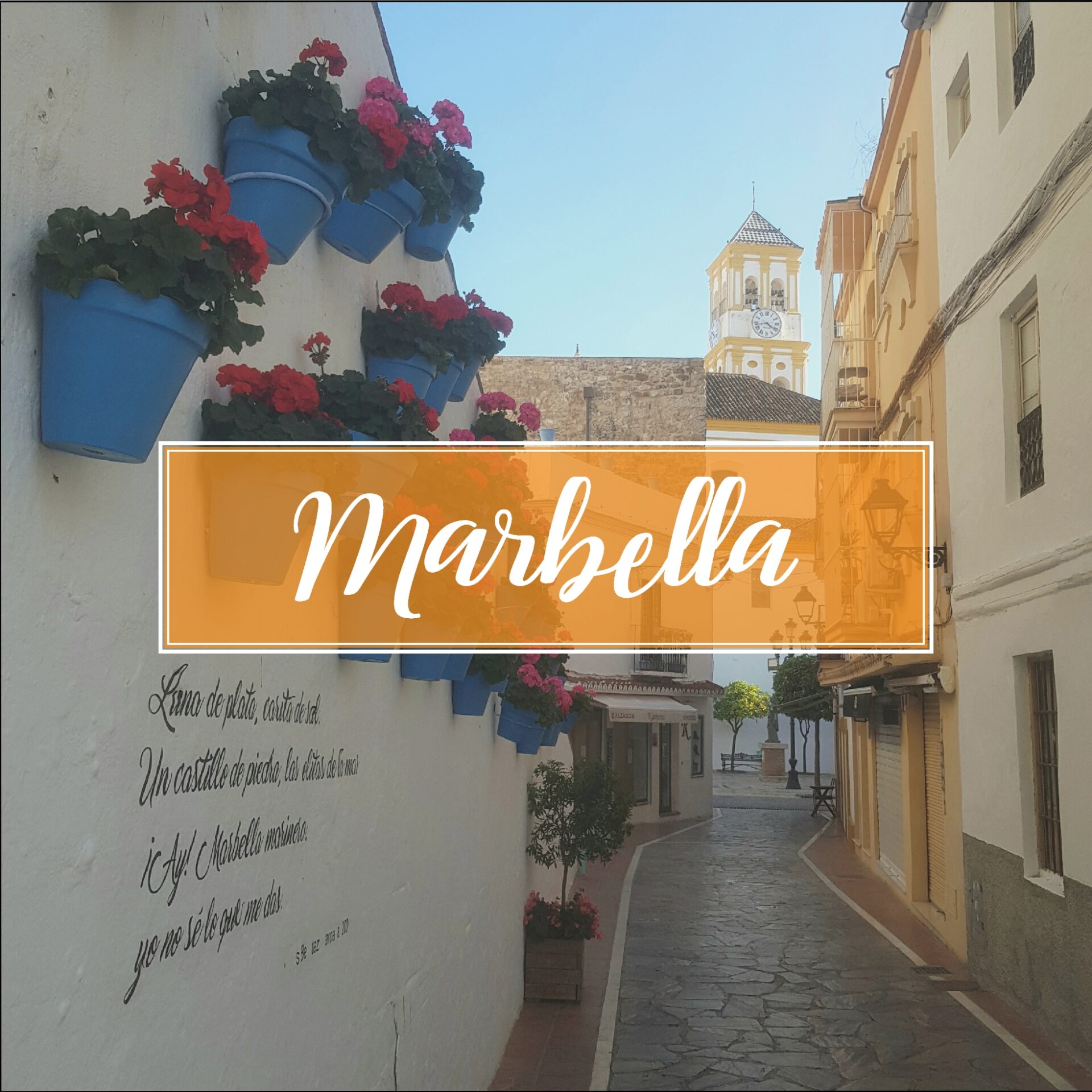Marbella and Puerto Banús are globally renowned as symbols of luxury, with their exclusive boutiques, impressive yachts, and high-end cars gracing the streets. However, Marbella is much more than just a destination for opulence; it is a place where history and tradition blend harmoniously with modernity.
Marbella’s golden beaches invite visitors to relax under the Mediterranean sun, while its old town, with its labyrinthine cobblestone streets, transports one to another era. Here, visitors can get lost in charming plazas and discover the ancient walls that still stand as silent witnesses to centuries of history. The narrow white streets, adorned with vibrant flowers, reveal the essence of a traditional Andalusian village, full of life, culture, and a timeless charm.
Marbella offers not only luxury but also the warmth of its traditions, the beauty of its natural surroundings, and the hospitality of its people, making it a destination that captivates those seeking an experience that is both authentic and sophisticated.
Where is Marbella located
Marbella is located 62km from Malaga capital with a population of 143.386 inhabitants. The municipal term has a dimension of almost 116,82Km square.
Demonym of the people of Marbella
The inhabitants are called “marbellí“.
Monuments and places of interest in Marbella
- Marbella historic center
- Plaza de los Naranjos: Located in the center and old town of the town. It is characterized by being a typical Malaga square with Andalusian white houses. The square surrounded by historical buildings such as a hermitage, the town hall and the Corregidor’s house. In the center there is a Renaissance fountain surrounded by orange trees that gives the actual square its name. During the Middle Ages this space was used as a market. During its history the square has changed its name several times as: Public Square, the Cabildo, Del Generalísimo Franco, or the Constitution. Until the beginning of the 20th century there were no trees, in 1920 palm trees were planted but 40 orange trees were subsequently planted due to lack of shade.

- Town Hall: Located in Plaza de los Naranjos. It is one of the most emblematic and oldest buildings in the city. Built in 1572 just after the reconquest by the Catholic Monarchs, hence several commemorative inscriptions in old Castilian. We highlight on its facade a sundial and several shields. The building has been renovated several times, highlighting the forged balcony in 1632 and the second extension in 1779.
- Corregidor House: It is one of the most emblematic houses in the city and in the old town. It was built around the year 1552. The most curious thing about this building is the mixture of architectural elements and styles such as Gothic, Renaissance and Mudejar.

- Hermitage of Santiago: After the taking of the city of Marbella in 1485, the mosques were converted into places of Christian worship. In 1905 it became the church of the parish of the same name Santiago. Later it lost the condition of church reaching our days as a hermitage. Inside they house the images of the brotherhood of the Holy Christ of Love: Holy Mary of Clarity and Saint John the Evangelist.

- Salvador Dalí sculptures: Located on Avenida del Mar near the Alameda Park. The square has been converted into an open-air museum with dozens of sculptures attributed to the great master Salvador Dalí. Among the ten works of art we find: Man on a dolphin, Perseus, Mercury, Gala gradiva, Gala leaning out of the window, cosmic elephant, Nude woman climbing the stairs, Horse with a stumbling rider, Don Quixote seated, Trajan on horseback. Until today there is no certainty if the sculptures are original, but if they add an extraordinary beauty to the square.

- Hermitage of Santiago
- The church of Santa María de la Encarnación

- Roque House
- Remains of the defensive wall of Marbella
- Chapel of San Juan de Dios: Built in the first half of the 16th century by the Catholic Monarchs. The chapel belongs to the Hospital de la Misericordia or San Juan de Dios Hospital. It has a simple façade with a stone façade with a carved wooden door with the shields of King Carlos III and the order of San Juan de Dios. Inside, its ceiling stands out, which is a magnificent Mudejar-style coffered ceiling.

- Royal Hospital de la Misericordia
- Bazán Hospital
- Hermitage of Santo Cristo de la Vera Cruz
- Church of Santísimo Cristo del Calvario: Located on El Calvario Avenue. The temple began to be built in 1972, ending in August 1976. The execution was carried out by the architect Don Vicente Benlloch La Roda and the financing was provided entirely by the faithful and close neighbors. We highlight a modern design that we can appreciate on the outside, in addition to its beautiful stained glass windows create a cozy atmosphere inside. The stained glass windows and the image of the Crucified Christ are due to the artist Don Miguel Fuentes del Olmo.

- Parque del Calvario

- Lighthouse of Marbella

- Ralli Museum: Located next to Playa Esmeralda. It is a museum of European and Latin American Contemporary Art. It was built and inaugurated in the year 2000 with works by great artists, including Wilfredo Lam, Joan Miró, Salvador Dalí, and Antonio Seguí. Your entry is free. Página web oficial

- Plaza de los Naranjos: Located in the center and old town of the town. It is characterized by being a typical Malaga square with Andalusian white houses. The square surrounded by historical buildings such as a hermitage, the town hall and the Corregidor’s house. In the center there is a Renaissance fountain surrounded by orange trees that gives the actual square its name. During the Middle Ages this space was used as a market. During its history the square has changed its name several times as: Public Square, the Cabildo, Del Generalísimo Franco, or the Constitution. Until the beginning of the 20th century there were no trees, in 1920 palm trees were planted but 40 orange trees were subsequently planted due to lack of shade.
- Puerto Banús – Nueva Andalucía
Puerto Banús, located in the Nueva Andalucía district, has become since 1970 an international reference among luxurious ports throughout the world. The area has become synonymous with large luxury yachts, sports cars, and designer clothing. But apart from all the great luxuries, the architecture, the beaches and the beauty of its streets continue the charm of Malaga and Andalusia. Puerto Banús has found the balance between tradition, luxury, and the beauty of the environment that Malaga offers.
- San Pedro de Alcantara
- Church San Pedro de Alcántara: Located in the center of the town. Its construction was completed in 1869 by the hand of the Marquis del Duero. At that time, the population center formed by three streets and a square needed a place of worship. The image of San Pedro de Alcántara came from Málaga capital by the Catalinas de Málaga nuns. The architecture is colonial style. The interior is formed by a basilica plan divided by three naves. During the Spanish Civil War in 1936 it suffered great unfortunate damage due to fires.

- Early Christian basilica of Vega del Mar
- Roman baths of Las Bóvedas
- Cerro Colorao or Cerro del Verdearo
- Church San Pedro de Alcántara: Located in the center of the town. Its construction was completed in 1869 by the hand of the Marquis del Duero. At that time, the population center formed by three streets and a square needed a place of worship. The image of San Pedro de Alcántara came from Málaga capital by the Catalinas de Málaga nuns. The architecture is colonial style. The interior is formed by a basilica plan divided by three naves. During the Spanish Civil War in 1936 it suffered great unfortunate damage due to fires.
- Las Chapas
- Yacimiento de Rio Real
- Rio Real Tower

- Ciudad Residencial Tiempo Libre
- Lighthouse of Marbella

- Rallí Museum: Located next to Playa Esmeralda. It is a museum of European and Latin American Contemporary Art. It was built and inaugurated in the year 2000 with works by great artists, including Wilfredo Lam, Joan Miró, Salvador Dalí, and Antonio Seguí. The entrance is free.

- Cabopino
- Port of Cabopino: Located near Marbella, is a small and romantic spot known for its cozy and tranquil atmosphere. This charming harbor, surrounded by golden sandy beaches and protected dunes, hosts small boats and yachts gently swaying in its crystal-clear waters. Unlike busier ports, Cabopino offers an intimate experience, perfect for strolling at sunset, enjoying the sea breeze, and relaxing in its inviting restaurants that serve delicious local cuisine. It’s the perfect place for those looking to enjoy the coast in a serene and enchanting setting.
- Dunas de Artola: The Dunes have been declared a natural monument by the Junta de Andalucia since 2001. Its 19.22 hectares full of vegetation are a good example of what the Andalusian Mediterranean coast was like at one time. Among the most common vegetation is the sea daffodil, sabina caudada shrubs, sea thistle and barron arenaria. Next to the dunes is the port of Cabopino and La Torre de Ladrones
- Torre de los Ladrones (Thieves Tower)

- Port of Cabopino: Located near Marbella, is a small and romantic spot known for its cozy and tranquil atmosphere. This charming harbor, surrounded by golden sandy beaches and protected dunes, hosts small boats and yachts gently swaying in its crystal-clear waters. Unlike busier ports, Cabopino offers an intimate experience, perfect for strolling at sunset, enjoying the sea breeze, and relaxing in its inviting restaurants that serve delicious local cuisine. It’s the perfect place for those looking to enjoy the coast in a serene and enchanting setting.
For more information about Marbella Village: visit the City Council page

